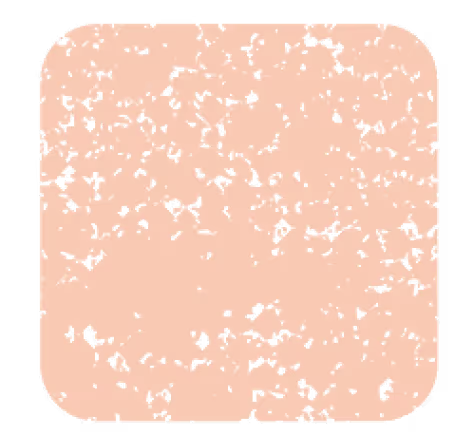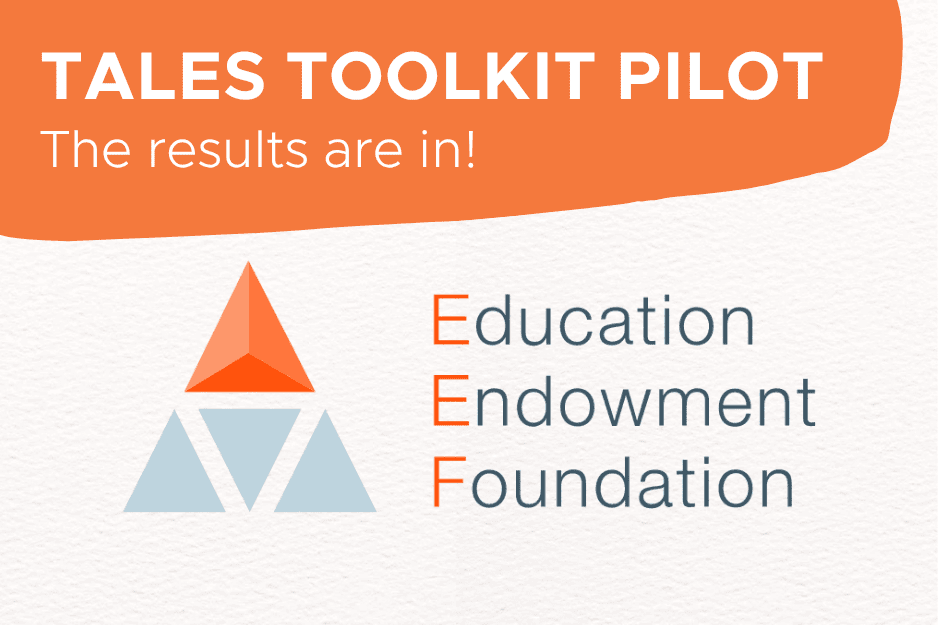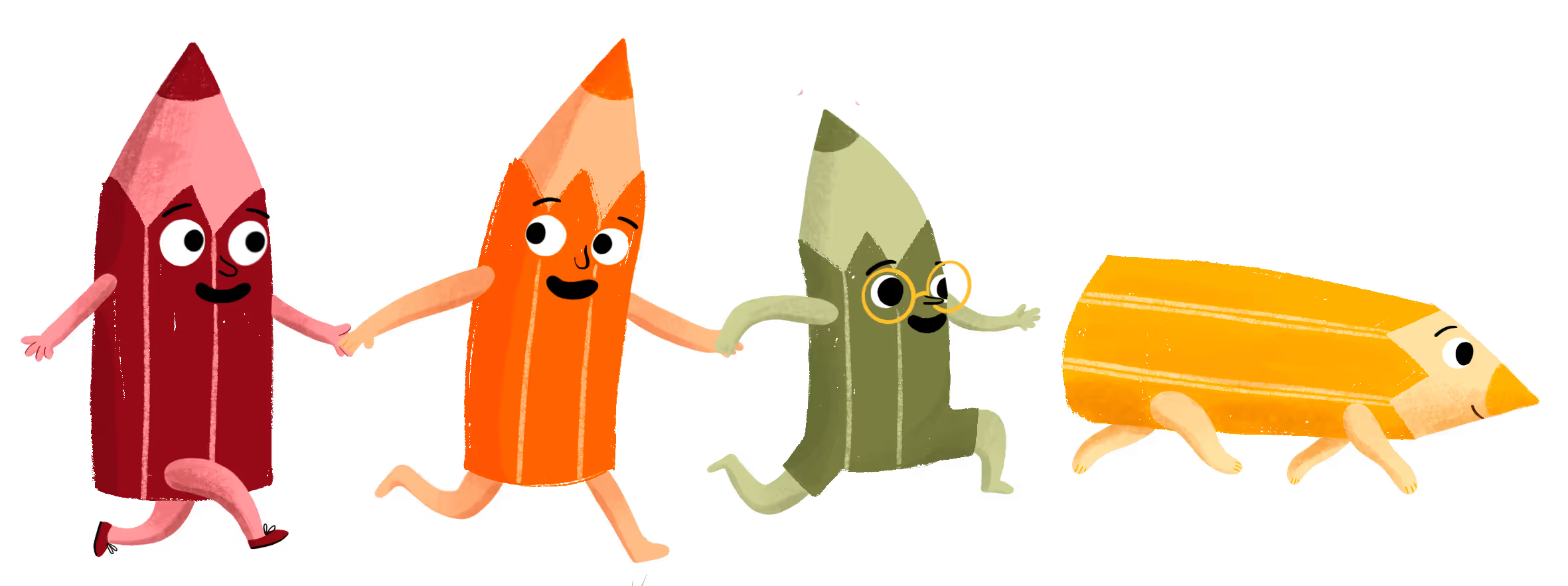Recycling Week is just around the corner, and there’s no better time to inspire young children to think about sustainability and caring for our planet. With Tales Toolkit, we can make learning about recycling engaging and memorable by crafting stories filled with imaginative characters, interesting settings, and meaningful solutions to real-world problems.
By using Tales Toolkit’s resources, educators and parents can create a dynamic, hands-on storytelling experience that brings the magic of sustainability to life!
How to Use Tales Toolkit to Explore Sustainability for Recycling Week
Tales Toolkit’s flexible storytelling framework, which focuses on characters, settings, problems, and solutions, is perfect for exploring the theme of sustainability with early years children. Let’s look at some ways to weave recycling and environmental care into your storytelling sessions.
1. Character Creation: Meet the Recycling Heroes!

Start your session by using Tales Toolkit to introduce characters who care for the environment. For example, create a group of friendly characters like “Captain Compost,” “Plastic-Free Polly,” and “The Upcycle Wizard.”
- Use the Characters: Have the children pull the characters from the Tales Toolkit pocket/bag and ask the children to imagine how these characters can help with recycling. Maybe Captain Compost has a green cape made from an old apron, or Plastic-Free Polly wears a costume adorned with plastic bottle caps she has collected.
- These can be added to any of the pockets. In the character bag you’re helping them to solve the litter problems and issues that come when we don’t recycle. In the problem bag they can come to the story to ask the character (perhaps a mini-me of one of the children, or an endangered animal) for help with their recycling problem. In the solution bag they can come with suggestions of how to help.
2. Setting the Scene: A World in Need of Recycling

Next, choose an interesting setting for your story. Use Tales Toolkit to create a backdrop that helps children visualise the story’s environment.
- Example Setting: A polluted beach filled with plastic bottles and cans, a forest with too much paper waste, or a busy town where the bins are overflowing. Discuss with the children how this setting might look and feel. What problems might they see? Share photographs with the children so they can see real settings that show the impact of not recycling.
- Create a setting: Use junk modelling to create a scene, maybe a city where they can all create a building. Maybe overnight you could fill it with litter and this becomes a problem in the story.
3. Defining the Problem: A Community in Crisis

Now, it’s time to introduce a problem! Use the Tales Toolkit to introduce objects representing the issue. The problem could be overflowing rubbish bins, a sea filled with plastic where animals are hurt, or a park covered in waste.
- Physical Objects: Use objects from the recycling to represent the waste problem. Recycled materials or small props like bottle caps, plastic packaging and paper scraps.. Encourage your children to think about why they might cause problems for the characters in the story.
4. Finding a Solution: Creative Recycling to the Rescue!

Once the problem is clear, challenge the children to help the characters find a solution. This is where Tales Toolkit shines—encouraging creative thinking and problem-solving!
- Solution Brainstorming: Explore possible solutions. For example, children could suggest that Captain Compost starts a composting program, Plastic-Free Polly teaches people how to use less plastic, or the Upcycle Wizard shows everyone how to turn old things into new treasures. Or it could be a magic solution - perhaps a magic recycling machine that fits in your pocket or a witch who uses recycling for potions. Anything goes.
Encouraging Reflection and Discussion
After the story session, take a moment to chat:
- Ask Open-Ended Questions: What do they think happens to things when they are thrown away? How can they be like Captain Compost or Plastic-Free Polly in their own homes or community? Do they recycle at home?
- Independent storytelling: make sure the children have access to props and images to cut out in the provision that will get them creating and writing stories around the idea of recycling.

Final Thoughts: Storytelling for a Greener Future
By using Tales Toolkit to create engaging, interactive stories, you can help children understand the importance of recycling and sustainability in a fun and meaningful way. The power of storytelling, combined with hands-on activities using Tales Toolkit’s resources, can transform abstract concepts into tangible experiences.
This Recycling Week, let's use stories to plant the seeds of environmental stewardship in young hearts. With characters to love, settings to explore, problems to solve, and creative solutions to implement, we can empower children to see themselves as heroes in their own sustainability story.
Let’s make a difference, one story at a time, with Tales Toolkit!












.jpg)












%20(1).jpg)
%20(1).jpg)
.jpg)

.jpg)






























.jpg)










